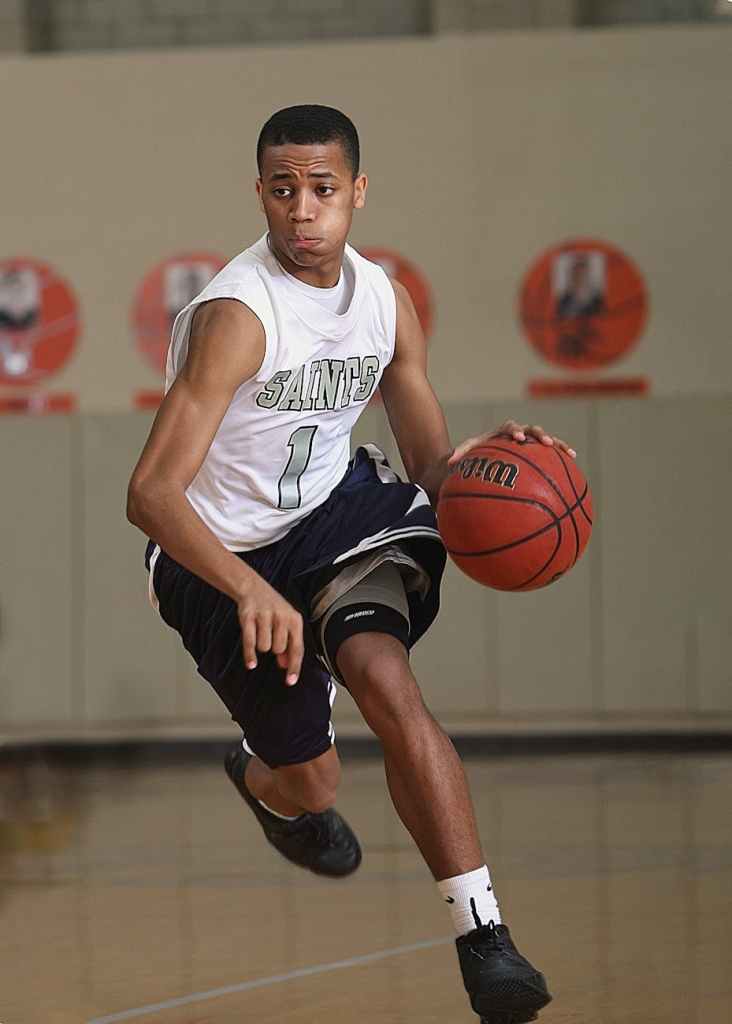
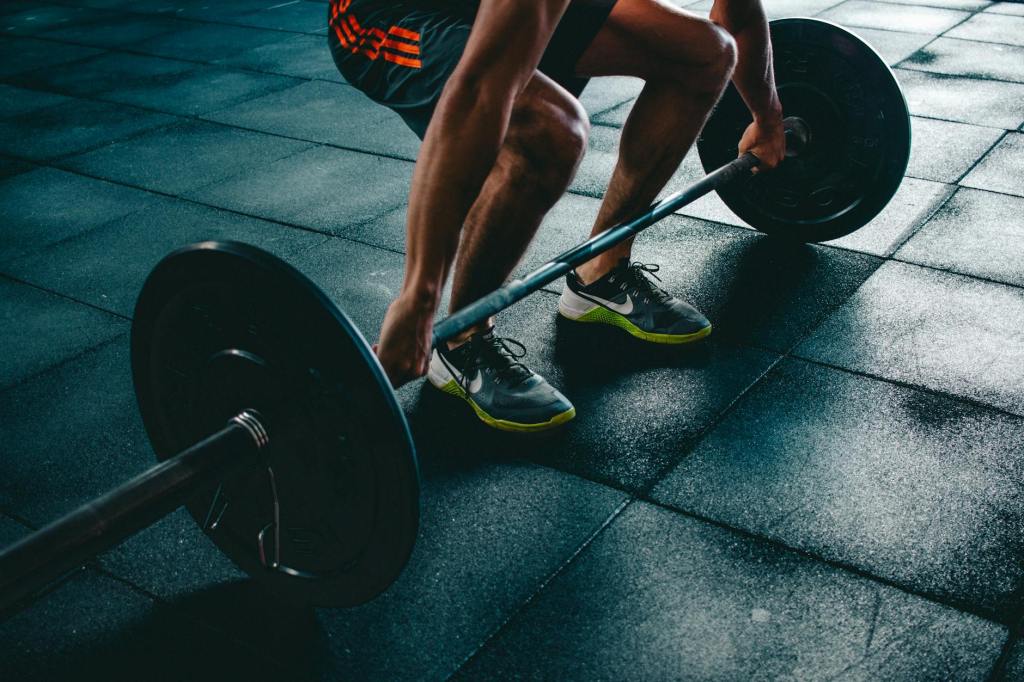
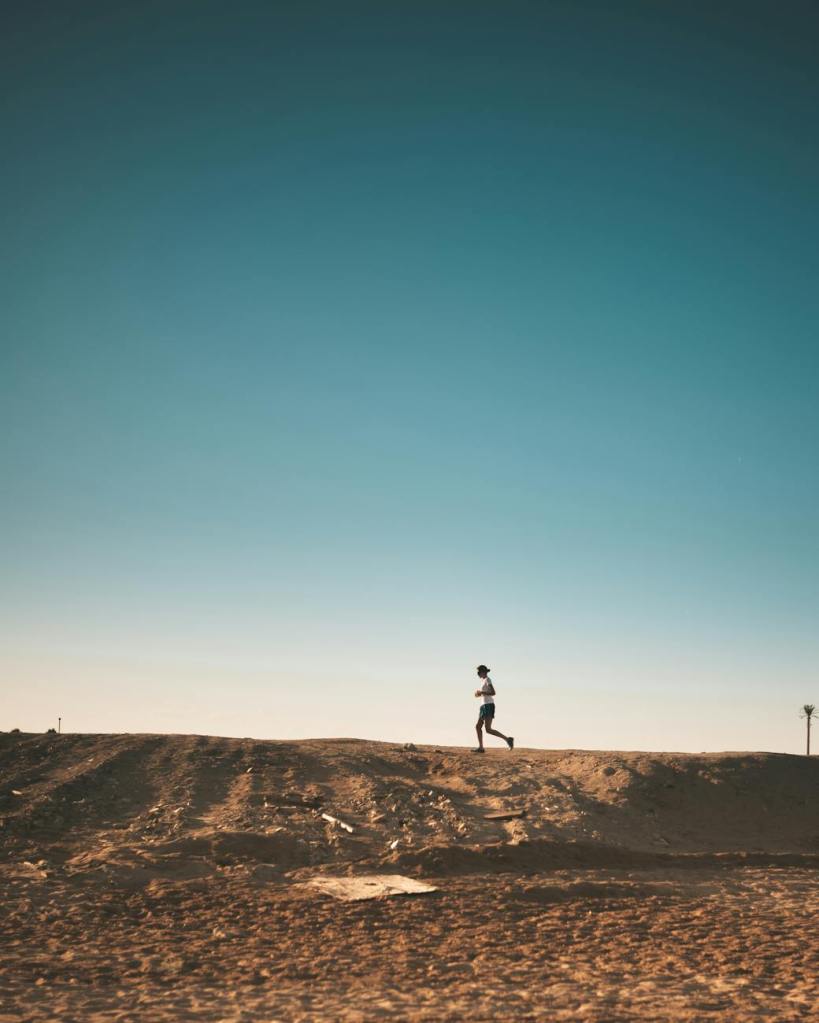
Sports osteopathy requires both theoretical and practical knowledge of the sports environment. I underwent training at the University Hospital of Bordeaux and obtained my diploma in ‘Emergency First Aid and Field Care in Sports Medicine.’ Over the past decade, I have worked with athletes ranging from amateur to professional levels.
Explanation
During their training sessions, athletes subject their bodies to various stresses that affect different structures:
- Tendons
- Muscles
- Joints
- Ligaments
- Fascia
These stresses can lead to tensions that eventually reduce the mobility of bone structures, decrease arterial supply, and impede venous drainage of the muscles.
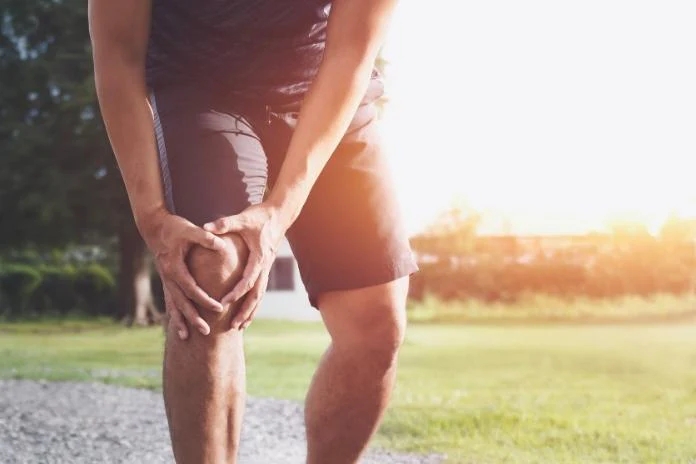
- Inflammation (periostitis, plantar fasciitis, tendonitis, bursitis…)
- Muscle injuries (soreness, cramps, strains, tears, ruptures…)
- Fractures or stress fractures
- Recurring sprains
- Early onset arthritis
Osteopathic treatment aims to:
- Release tensions causing vulnerability zones
- Reduce the number of injuries
- Improve athletic performance by enhancing vascularization and optimizing muscle function
- Accelerate recovery time
- Developing a personalized exercise plan to stabilize and strengthen the Body
In sports osteopathy, we can also incorporate various tools to aid in your recovery, enhance stability, and promote blood circulation
Strapping involves using adhesive bandages to restrict the range of motion of injured areas, thus preventing injury recurrence or reducing its severity.
K-Taping utilizes tapes with interwoven fibers, allowing for the sliding of subcutaneous tissues. This promotes the release of subcutaneous arterioles, improving microvascularization and helping prevent injuries. »
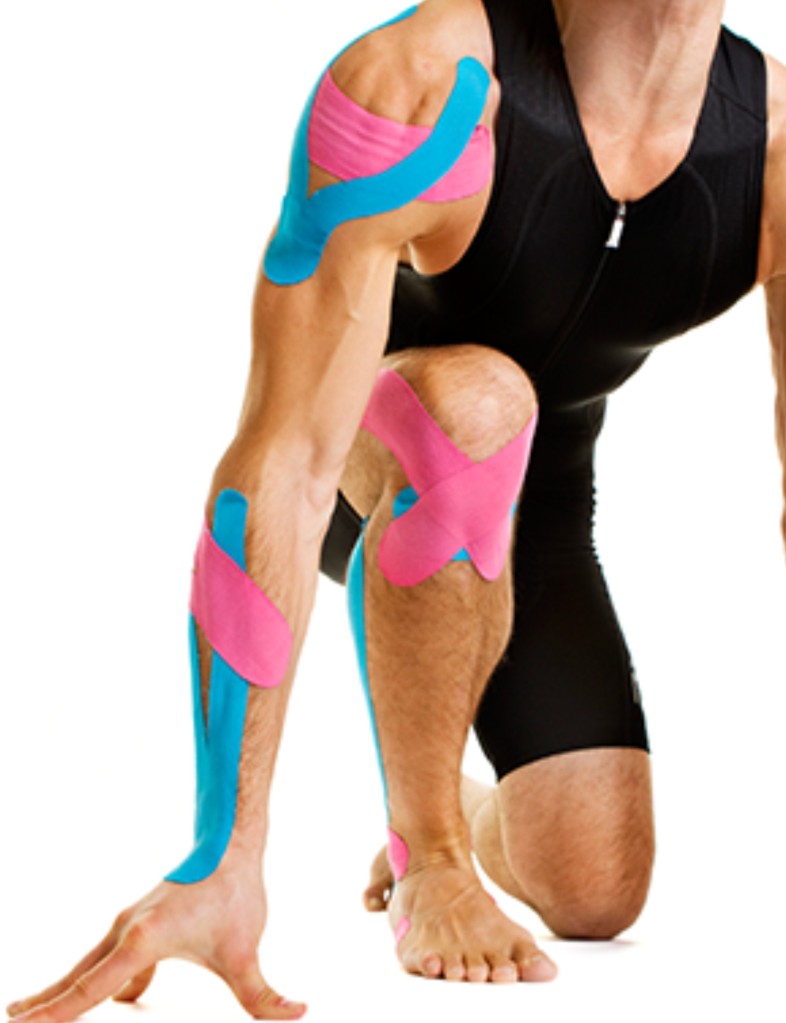
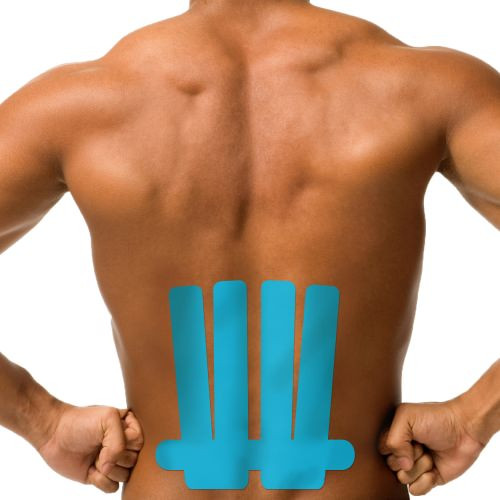
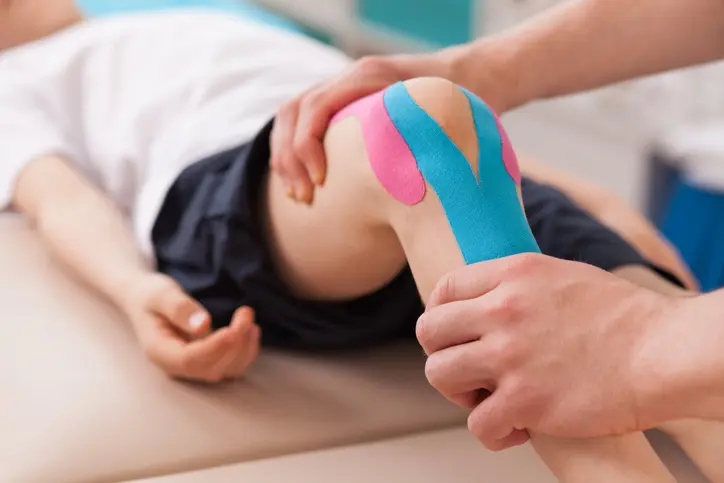
Feel free to contact Julien Dadoun, Osteopath in Muscat, for any inquiries about the various treatments.